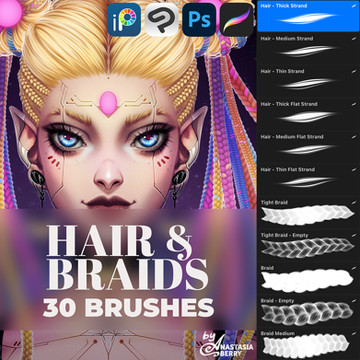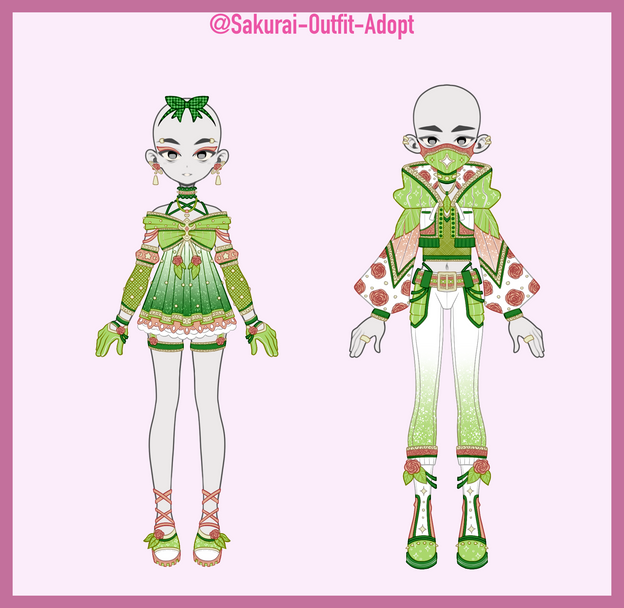HOME | DD
 coderie — Bear Spirit and Dryad
coderie — Bear Spirit and Dryad

Published: 2017-08-15 23:00:53 +0000 UTC; Views: 159; Favourites: 5; Downloads: 1
Redirect to original
Related content
Comments: 5

After all those pencil studies, you jump from that to color! LOL.
👍: 0 ⏩: 1

Haha yeah i know, I have been wanting to start working with colour for a while. I am really happy with this piece just to get it complete.
👍: 0 ⏩: 1

Sounds as if you are interested in composition. That's probably where we all should start, but technique is so seductive - everyone wants to render texture . . . put the final coat of paint on the house before they've laid the foundation. LOL.
For composition you will eventually have to study tonal schemes and start using the postage stamp test, that is, reducing the piece to the size of a postage stamp to evaluate it. But . . . I don't want to get technical and ruin your fun. There's plenty of time for that down the road.
And what you're doing makes perfectly good sense. Enjoy!
👍: 0 ⏩: 1

Yeah I love colour and composition. One of my favourite artists is Pascal Campion (pascalcampion.blogspot.com ); I am also trying to learn to paint without over rendering, I love artists who leave hard sharp lines between their strokes. One of my favourite artists in that style is Laurel D. Austin who does a lot of the hearthstone splash art. (this piece by her is my wallpaper at the moment)
👍: 0 ⏩: 1

Ah. We start out with colour and composition but right away gravitate to technique? Well this is the problem, the dark seductrice - technique! Haha. For better, or worse, technique is often what we see first, or, if not, what makes the strongest impression. It's a skill (and a small one at that) that rivets attention before one develops knowledge of fundamentals (i.e. composition: framing, staging, tonal scheme, flow/reading structure, color theory, anatomy, etc.) It's as if we learn to turn a pretty phrase before we have ability to think of something worthwhile to say, and so the tail wags the dog, as it were.
The thing to remember in planning your advances and reviewing progress of technique is the peculiar component nature of the basic drawing skills. Line drawing, shade and shadow and color are virtually separate skill sets. Getting good at one does not transfer to another. It's as if these were primary colors that, once set down, can be combined to create everything else. But nailing them down means starting from scratch to sound out each one separately, which can be frustrating. Makes one wonder if he's progressing at all.
That aside, yes - me too. I like painting that looks like painting. Haha. In fact, I never much attended to rendering as there are so many other more important things to manage. Rendering, or technique, is the cherry on the cake. Borenstein said," Technique? Technique is nothing! It's what we hang a good picture on." In other words, first plan a picture that's good - learn all that it entails - then, execute with a suitable technique. Kubert used to say one can't improve a bad drawing by inking it (the inking stage being where one applies the rendering technique). He also said that since the road is long and hard, one had better relax and enjoy the journey!
👍: 0 ⏩: 0
























